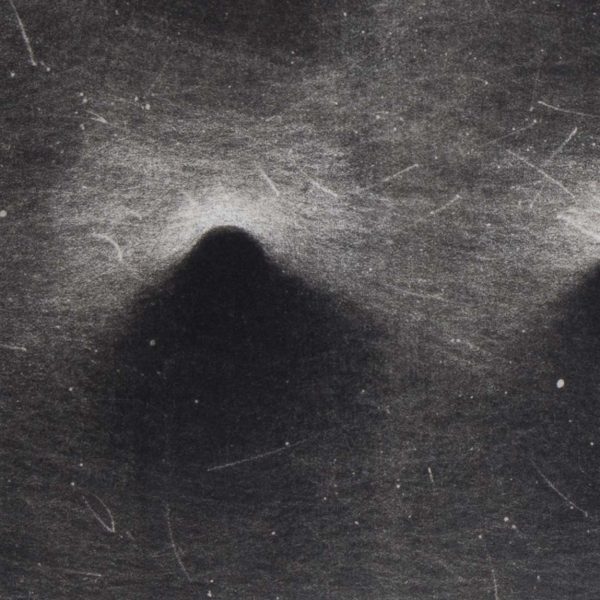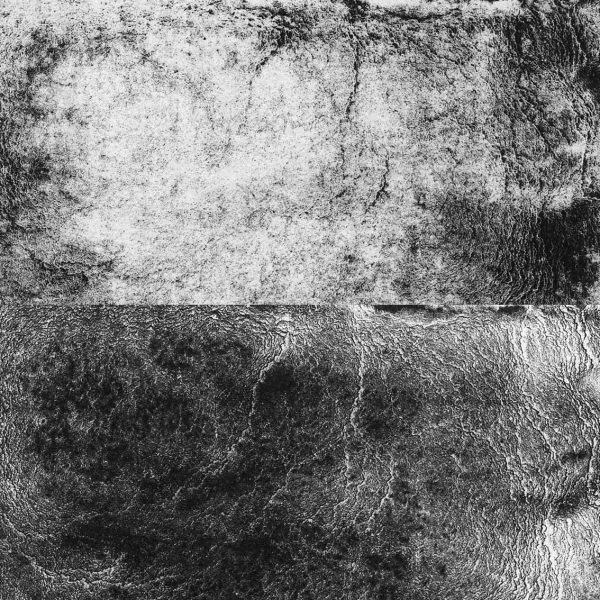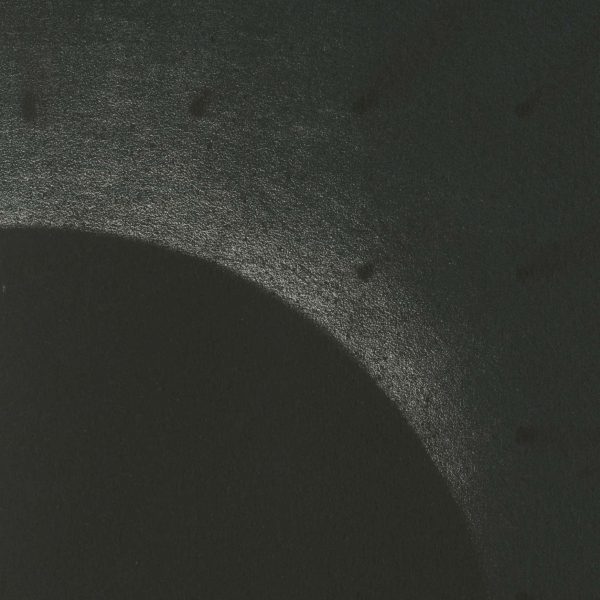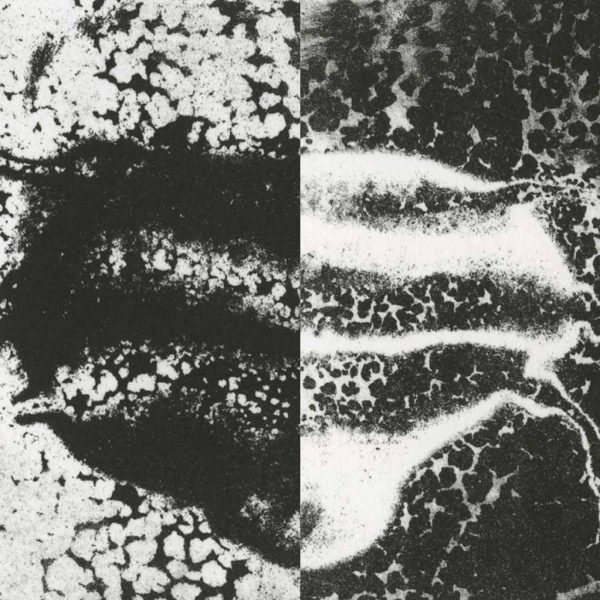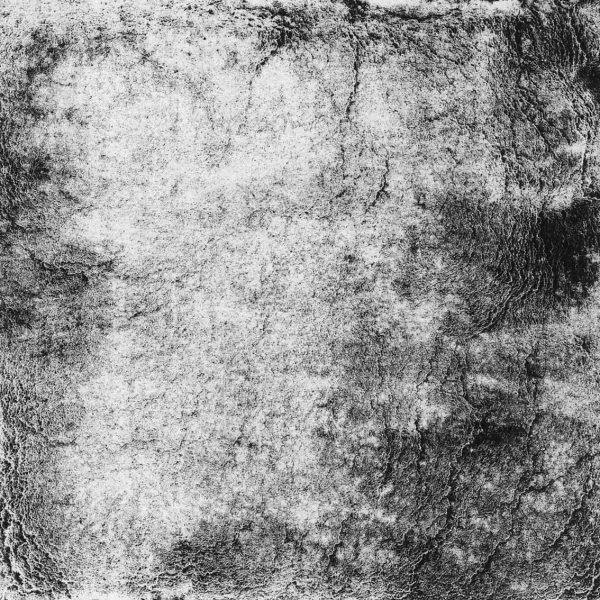Reversal (negative)
Materials:
- citric acid (or alum, vinegar…)
- acetone
- acrylic lacquer
- Arabic grum
- nitric acid
- rosin and talc
- turpentine
- shellac
- asphalt

No related techniques
Any drawing made on a lithographic stone can be turned into a permanent, printing negative. Before executing the reversal, you need to carefully analyze all the previous procedures. Use of shellac in procedures preceding the reversal may pose a difficulty; if it is not removed, the result will be a uniform black surface instead of a negative.
The negative can be turned into a positive again. However, each time citric acid (vinegar, alum) is used, it dissolves a certain percentage of delicate details.
A previously made image should be etched, rolled up with lithographic ink and dusted with rosin and talcum powder.
Prepare a citric acid solution: dilute 1 teaspoon of citric acid in 300ml of water. Wash the surface of the stone with the solution for one minute, then wash it with clean water for another minute. Repeat the procedure three times and let the stone dry. This way the thin, top layer of the stone was dissolved. Now the stone is “open” again for both water and fat.
Protect the edges of the stone by applying gum arabic, drying and covering them with adhesive tape (foil, not paper). Rub the stone surface with a thin and even layer of acrylic varnish (acrylic lacquer). The varnish is neutral to the stone, it protects the open stone areas. The stone should be left to dry for a minimum of 6 hours.
After this time, the old drawing must be carefully removed with turpentine (or turpentine and shellac solvent if shellac was used during preparation of the initial drawing). Wait until the solvent evaporates and then etch the surface with a solution of 8 drops of nitric acid per 30ml of gum arabic, evenly wipe with a cheesecloth and leave to dry (several minutes). The old drawing has been removed and etched, it will now be waterlowing.
The next step is to remove the acrylic lacquer with acetone. Dry the stone (water, moisture can destroy the gum layer) with a cloth soaked in acetone, wash the stone thoroughly, place by place, often changing the cloth. Finally, only the areas previously covered by the drawing should shine.
Next, the drawing should be rubbed with shellac and asphalt. Afterwards, the adhesive tape should be removed, the stone washed with water until the initially drawn areas uncover the surface of the stone.
Rolling up should be done much faster than usual. At first, the whole drawing may become black, but after a while, the negative will appear. The stone must not dry during rolling up; this error can be irreversible.
Dry the stone, dust it with rosin and talc and do the second etching with quite a strong solution of nitric acid in gum (minimum 12 drops of acid per 30 ml of gum arabic).

